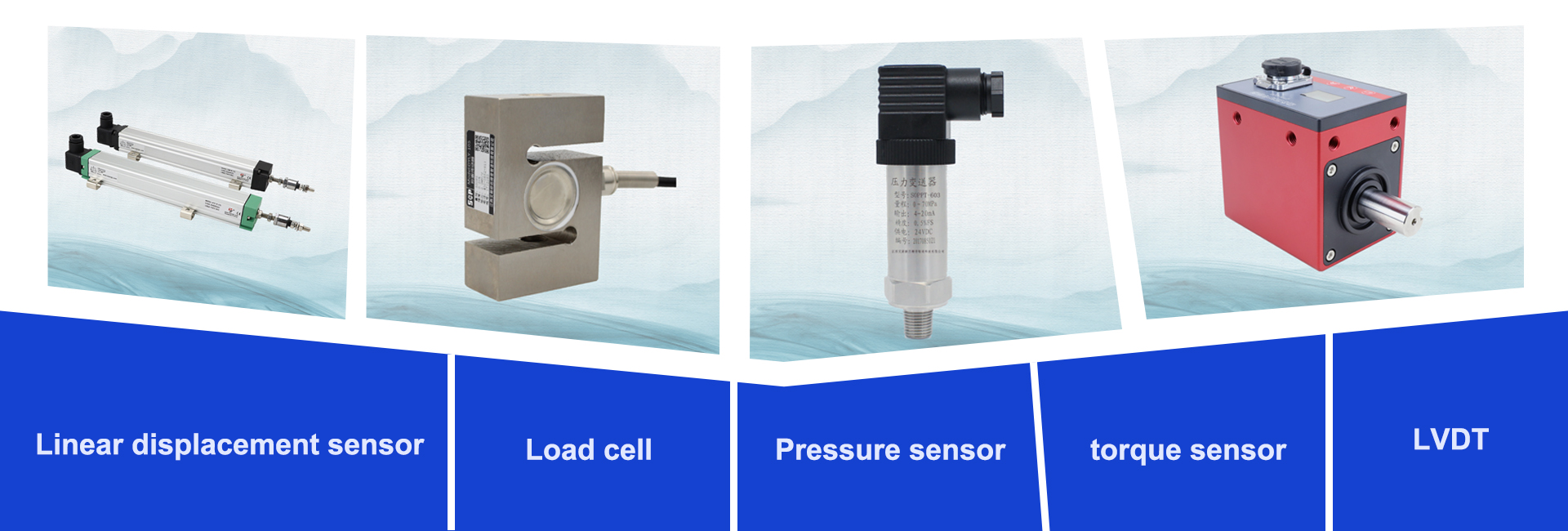Several Important Parameters Of Linear Displacement Sensors
Several Important Parameters Of Linear Displacement Sensors
A good product can bring a lot of convenience to our work. If a bad product not only costs us money, but more importantly, it may bring us many inconveniences and even greater financial losses. Therefore, when choosing a product, we should know how to judge its quality. So, what aspects should we judge the quality of displacement sensors from?
1、 Determine the type based on the measurement object and environment
Firstly, carefully analyze the measurement work and consider which principle of displacement sensor to use for measurement, as even measuring the same physical quantity can be achieved through different principles. Next, we need to consider the range, volume (whether the space is sufficient), installation method, signal type (analog or digital), measurement method (direct or indirect), and so on.
2、 Accuracy
The accuracy level of displacement sensors is related to the accuracy of the entire system and is a very important parameter. Generally, the higher the accuracy, the more expensive the price. So when we choose, we need to consider the whole picture, and the one that suits us is the best. We should not blindly pursue so-called high precision, unless we need to measure precise values quantitatively, and only choose displacement sensors with higher accuracy levels.
3、 Sensitivity selection
Sensitivity refers to the ratio of the increment of output quantity to the corresponding increment of input quantity. We need to have a correct understanding of this parameter, which can be divided into two aspects: A. Within the linear range, it has high sensitivity and a relatively large output signal value, which is an advantage. B. High sensitivity, external noise unrelated to measurement is also easily mixed in, which affects accuracy during processing.
4、 Linear range
Linear range refers to the range where the output is proportional to the input, so we all hope that the wider the linear range, the better. The wider the linear range, the larger the range and the higher the accuracy. However, the linear range of any displacement sensor is relative. We just need to estimate the measurement quantity so that it is within a linear range.
5、 Frequency response characteristics
During the measurement process, there is always a certain delay in the output of the displacement sensor, which may differ from the actual value. So we hope for a faster frequency response so that the delay time is shorter. However, due to the influence of structural and other characteristics, it is also difficult to increase the frequency.
6、 Stability
Stability refers to the ability to maintain its performance unchanged after prolonged use. The factors that affect stability, in addition to their own reasons, are mainly environmental factors. Therefore, the selected displacement sensor should have strong environmental adaptability and protective measures should be taken when appropriate.



